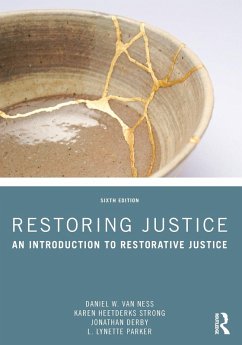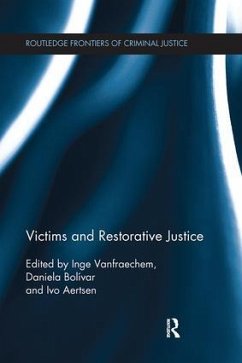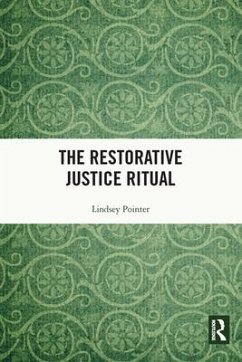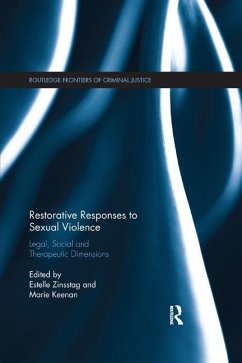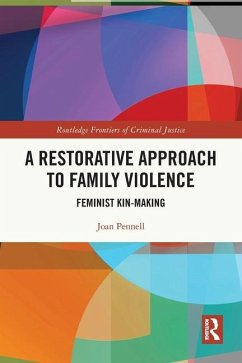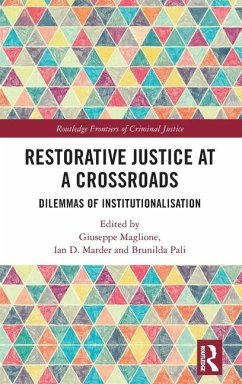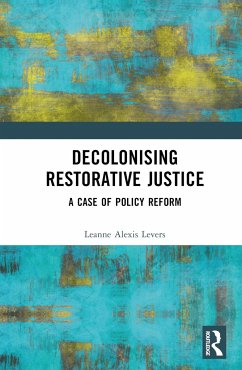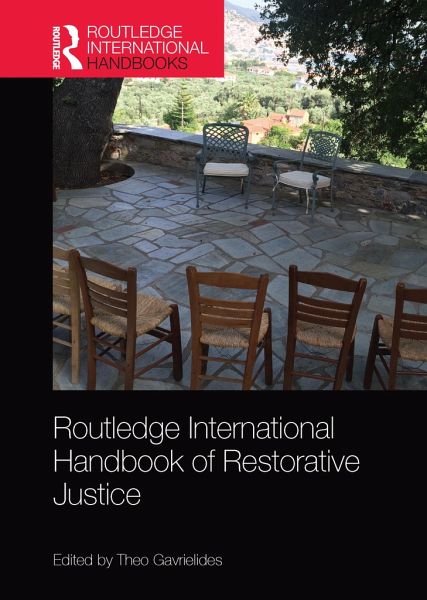
Routledge International Handbook of Restorative Justice

PAYBACK Punkte
26 °P sammeln!
This up-to-date resource on restorative justice theory and practice is the literature's most comprehensive and authoritative review of original research in new and contested areas.Bringing together contributors from across a range of jurisdictions, disciplines and legal traditions, this edited collection provides a concise, but critical review of existing theory and practice in restorative justice. Authors identify key developments, theoretical arguments and new empirical evidence, evaluating their merits and demerits, before turning the reader's attention to further concerns informing and imp...
This up-to-date resource on restorative justice theory and practice is the literature's most comprehensive and authoritative review of original research in new and contested areas.
Bringing together contributors from across a range of jurisdictions, disciplines and legal traditions, this edited collection provides a concise, but critical review of existing theory and practice in restorative justice. Authors identify key developments, theoretical arguments and new empirical evidence, evaluating their merits and demerits, before turning the reader's attention to further concerns informing and improving the future of restorative justice. Divided into four parts, the Handbook includes papers written by leading scholars on new theory, empirical evidence of implementation, critiques and the future of restorative justice.
This companion is essential reading for scholars of restorative justice, criminology, social theory, psychology, law, human rights and criminal justice, as well as researchers, policymakers, practitioners and campaigners from around the world.
Bringing together contributors from across a range of jurisdictions, disciplines and legal traditions, this edited collection provides a concise, but critical review of existing theory and practice in restorative justice. Authors identify key developments, theoretical arguments and new empirical evidence, evaluating their merits and demerits, before turning the reader's attention to further concerns informing and improving the future of restorative justice. Divided into four parts, the Handbook includes papers written by leading scholars on new theory, empirical evidence of implementation, critiques and the future of restorative justice.
This companion is essential reading for scholars of restorative justice, criminology, social theory, psychology, law, human rights and criminal justice, as well as researchers, policymakers, practitioners and campaigners from around the world.





